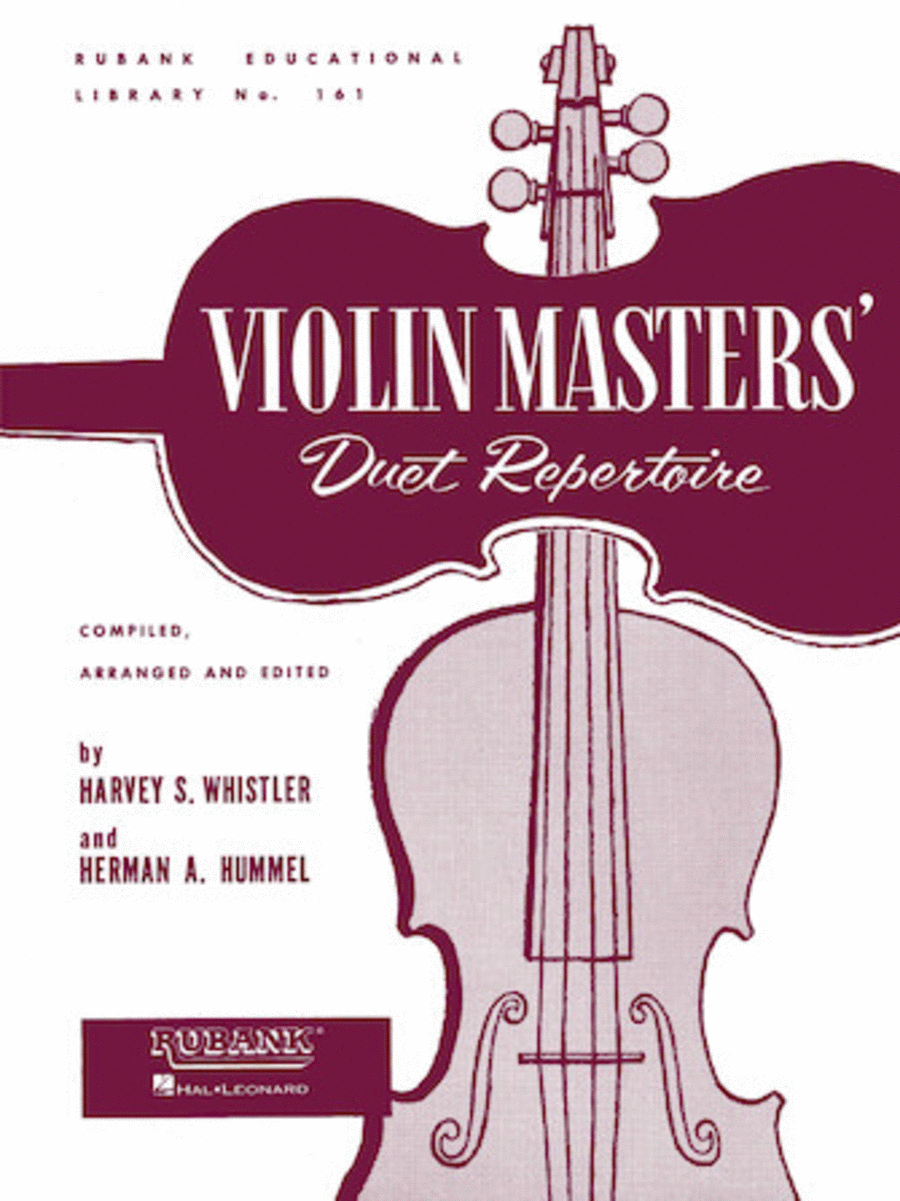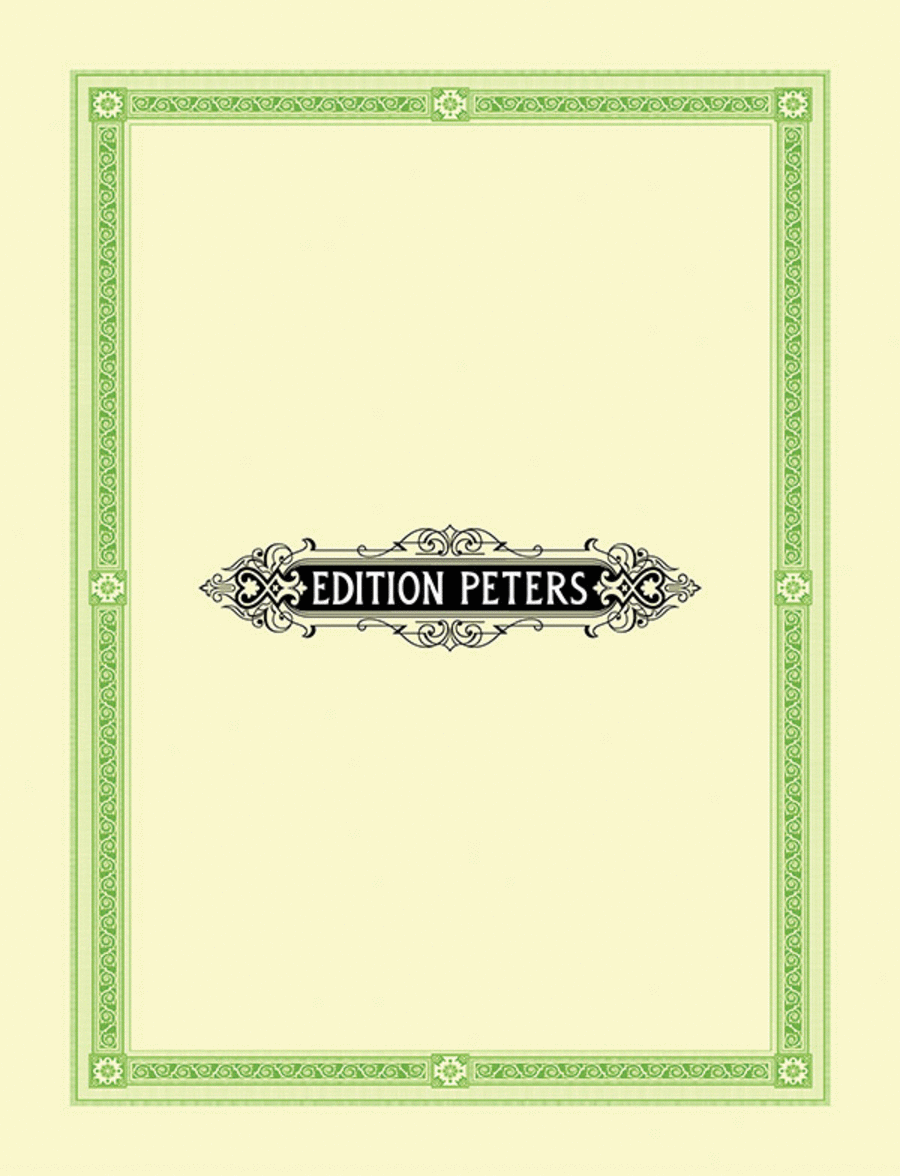Pyotr Ilyich Tchaikovsky 1840 -- 1893) was a Russian
composer whose works included symphonies, concertos,
operas, ballets, chamber music, and a choral setting of
the Russian Orthodox Divine Liturgy. Some of these are
among the most popular theatrical music in the
classical repertoire. He was the first Russian composer
whose music made a lasting impression internationally,
which he bolstered with appearances as a guest
conductor later in his career in Europe and the United
States. One of these ap...(+)
Pyotr Ilyich Tchaikovsky 1840 -- 1893) was a Russian
composer whose works included symphonies, concertos,
operas, ballets, chamber music, and a choral setting of
the Russian Orthodox Divine Liturgy. Some of these are
among the most popular theatrical music in the
classical repertoire. He was the first Russian composer
whose music made a lasting impression internationally,
which he bolstered with appearances as a guest
conductor later in his career in Europe and the United
States. One of these appearances was at the inaugural
concert of Carnegie Hall in New York City in 1891.
Tchaikovsky was honored in 1884 by Emperor Alexander
III, and awarded a lifetime pension in the late
1880s.
Tchaikovsky created his Children's Album: 24 Easy
Pieces for piano (Op. 39) to be played "by" children,
rather than "for" them. They're extremely short, all
but two clocking in at ell under a minute.
No. 1 is a slow, tender "Morning Prayer" in 3/4 time.
Things pick up with the second item, a moderately-paced
but stimulating "Winter Morning." No. 3 is a brisk,
highly staccato 3/8 picture of a "Little Horseman." No.
4 is "Mama," an expressive, lingering portrait. A
balance for such feminine material comes with No. 5, a
sprightly "March of the Wooden Soldiers." All may be
quiet on the battle front, but there's trouble back
home. The sixth piece, "The Sick Doll," is a
languishing Lento in G minor. The unfortunate sequel is
"Dolly's Funeral," a C minor march marked,
appropriately, Grave. Something of a wake comes with
No. 8, a lively waltz. Then, the nursery being a fickle
place, "The New Doll" arrives in a charming Andantino
movement.
A series of folk-inspired pieces begins with No. 10, a
D minor Mazurka. No. 11 is a simple, extremely short
(ten bars) "Russian Folksong," one that Tchaikovsky had
included in the 50 Russian folk songs he'd arranged for
piano duet in 1869. No. 12 is a sentimental "Peasant's
Song," in which Tchaikovsky evokes a concertina
wheezing back and forth between two chords. No. 13 is
called, generically, "Folk Song" (Russian Dance), and
employs the same tune Glinka used in his orchestral
Kamarinskaya. No. 14 is a rousing little polka. The
next piece heads south; it's a lively "Italian Ditty"
with the staccato oom-pah-pah accompaniment one hears
in many early and middle Verdi arias. No. 16 swings
northwest for a placid, antique-sounding, G minor
"French Melody." No. 17 is a "German Song" with a hint
of yodeling, and for No. 18 it's back to Italy for a
"Neapolitan Dance Tune," a stripped-down version of
part of the "Neapolitan Dance" in Swan Lake.
No. 19 returns to the nursery at bedtime with an
evocative C major "Old Nurse's Song." When the lights
go out, the witch "Baba-Yaga" appears in E minor -- yet
she seems to have arrived from Liadov's quirky little
orchestral piece of the same name rather than from the
terrifying penultimate movement of Mussorgsky's
Pictures at an Exhibition. No. 21 brings lovely,
melodic "Sweet Dreams," the set's longest piece. Soon
it's time to wake up to the "Song of the Lark," a
relatively bravura piece full of right-hand arabesques.
It's Sunday morning, as we'll soon discover, and upon
leaving the house we encounter "The Organ-Grinder,"
Tchaikovsky picked up this Moderato 3/4 tune from a
Venetian street singer and would soon incorporate it
into the middle section of the "Rêverie interrompue"
closing his Opus 40 set of piano pieces. Finally, No.
24 finds us "In Church" -- Russian Orthodox, of course,
as we can tell from the E minor chanting and low
pedal-point tolling of a bell toward the end.
Source: AllMusic
(https://www.allmusic.com/composition/childrens-album-2
4-easy-pieces-for-piano-op-39-mc0002355025 ).
Although these pieces were originally written for
Piano, I created this arrangement of "Mazurka" (Op. 39
No. 11) for String Quartet (2 Violins, Viola & Cello).













